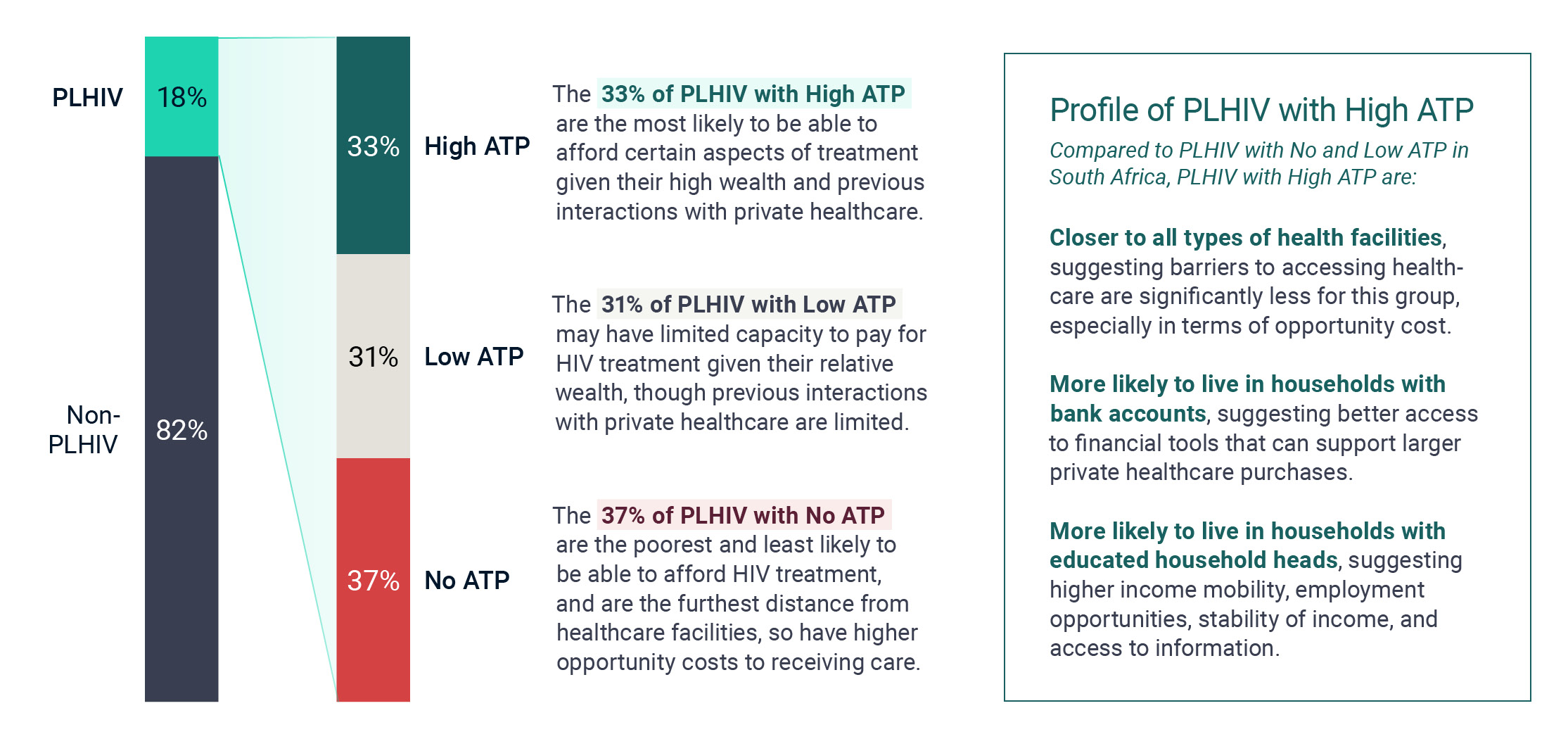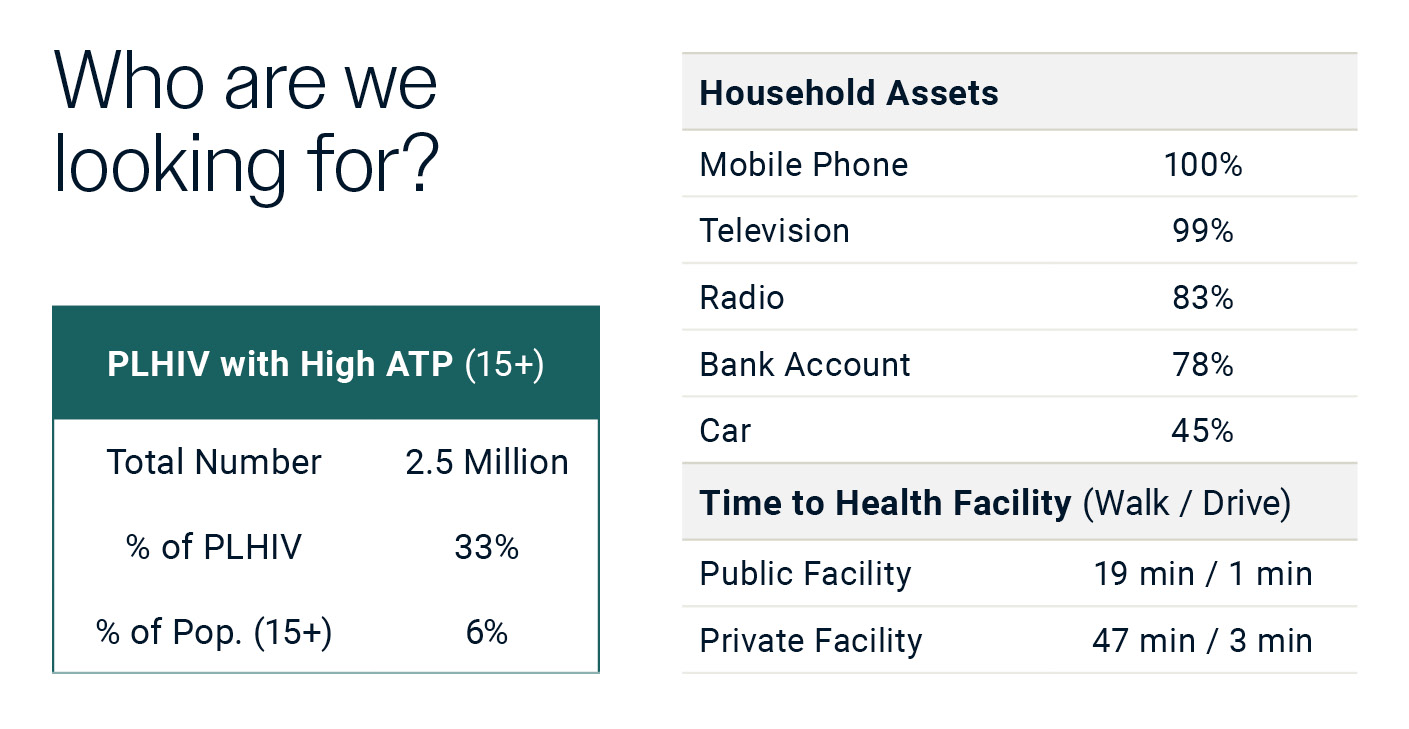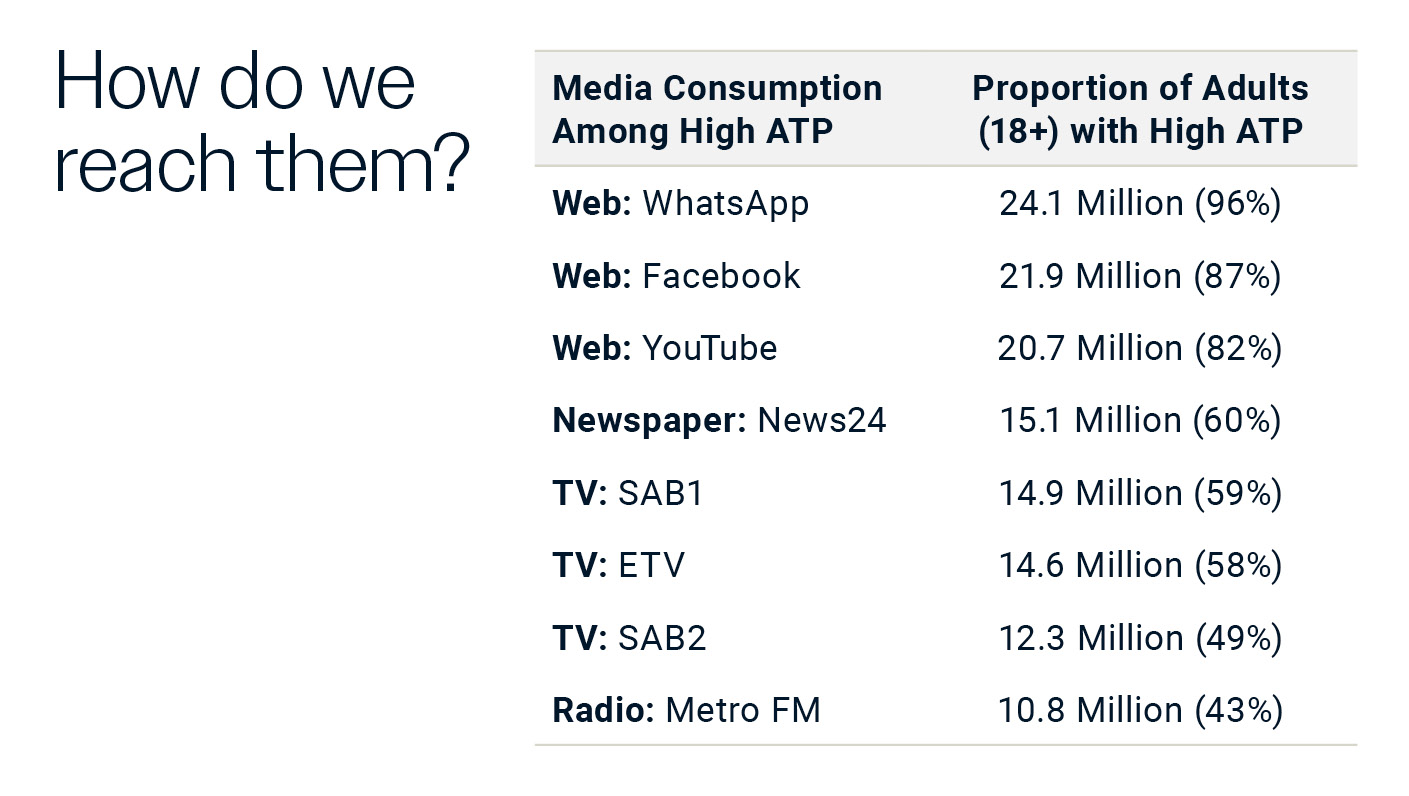Understanding Health Conditions in Mali: A Sub-national Look

The Challenge
Seeking and paying for treatment for acute and chronic diseases varies significantly by location, driven by social determinants of health (SDH) such as economic stability or healthcare access and quality. Fraym’s neighborhood-level insights across all of these characteristics transform the way we decide what is the right mix of free, subsidized, or market priced health products and services by community; how to best deliver those services; and where finite resources and personnel should be allocated. It is critical for health system stakeholders to get this mix right if we are going to achieve the 2030 Sustainable Development Goals (SDGs).
For example, Fraym data finds that one third of people living with HIV (PLHIV) in South Africa (over 2.5 million individuals) have a high ability to pay (ATP) for certain aspects of treatment but nearly 40% of PLHIV are unable to afford any aspect of their treatment. By zooming into the neighborhood-level, we can determine where and with whom there is a market for paid treatment – such as quality of life enhancing long acting injectable antiretrovirals (LAI-ARVs).
Simultaneously, limited healthcare funds can be re-prioritized to benefit the most vulnerable PLHIV. Targeted investments like this in both the public and private health sectors are necessary to transition from an aid-reliant and inflexible health system to one that is sustainable, innovative, and thriving over the long term.

Data in Action
Fraym data takes this insight to the next level by pairing demographic, socioeconomic, and geographic data with attitudinal and behavioral data to unpack why some individuals seek services while others do not – and how to reach them with key messages to increase health seeking behaviors and uptake of preventative treatment for critical health concerns.
In the case of PLHIV in South Africa, Fraym segmented the entire population by HIV status and ATP (No, Low, and High) – turning market segmentation into actionable neighborhood data.



Conclusion
In the above use case, we demonstrate that to raise awareness among PLHIV with High ATP in Durban, South Africa on the availability of Long Acting Injectable Antiretrovirals (LAI-ARVs), health stakeholders should 1) use WhatsApp for outreach alongside targeted ads on specific social media, newspaper, & TV channels to 2) inform them of where they can purchase LAI-ARVs (such as private clinics or pharmacies) and address their transit concerns (i.e., by organizing private WhatsApp groups for ride sharing) and 3) prioritize this outreach to neighborhoods along the coast and city center where they are concentrated.
Using this novel neighborhood-level data, Fraym provides insights that can move the needle on health outcomes and inform market-driven solutions that lead to sustainable health ecosystems globally.